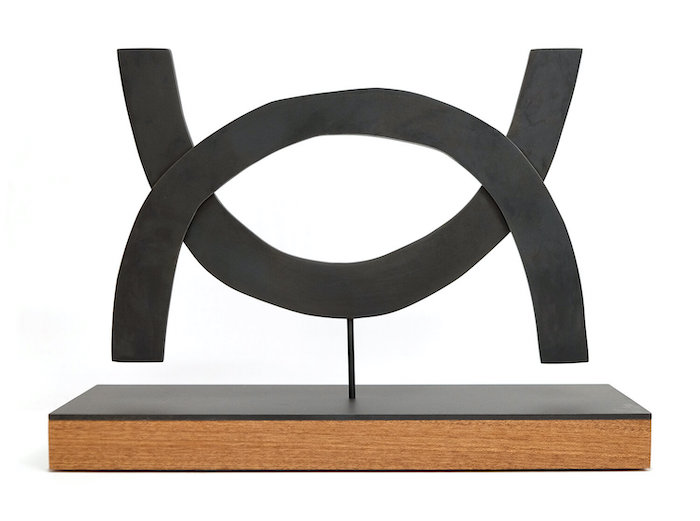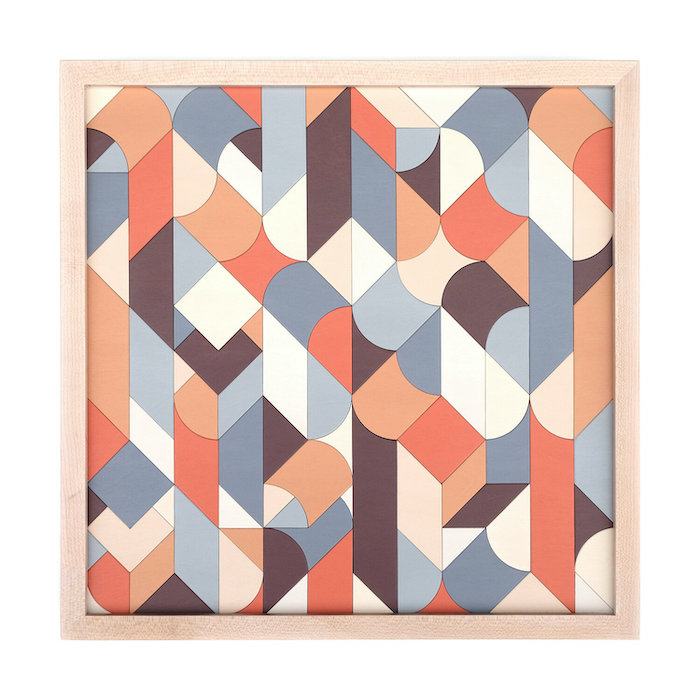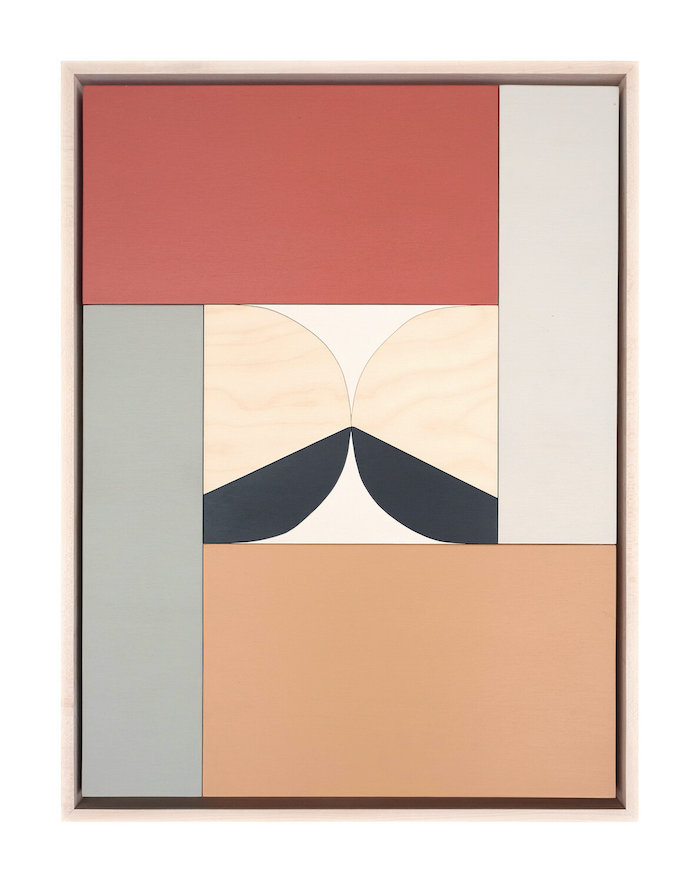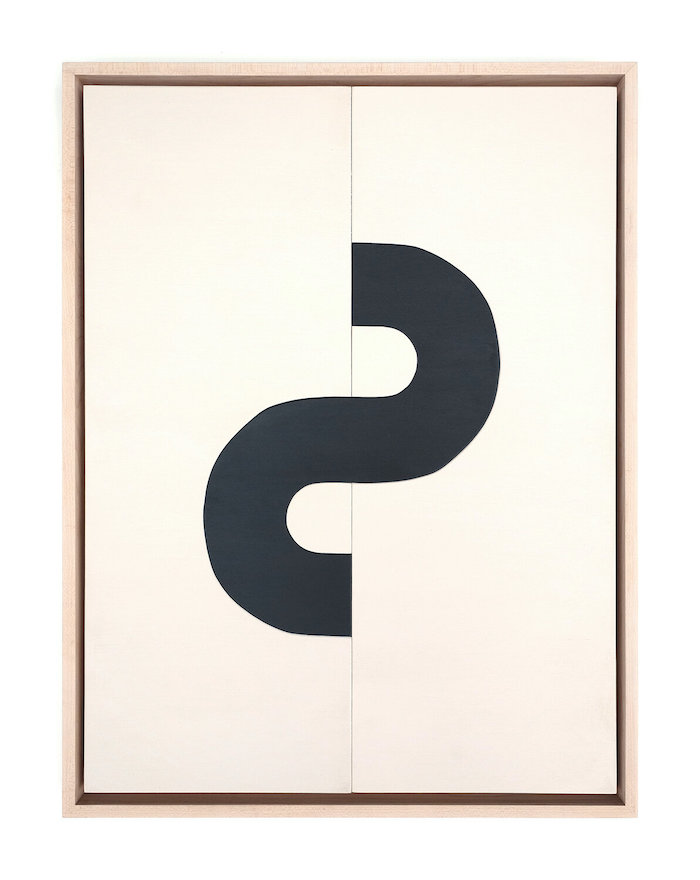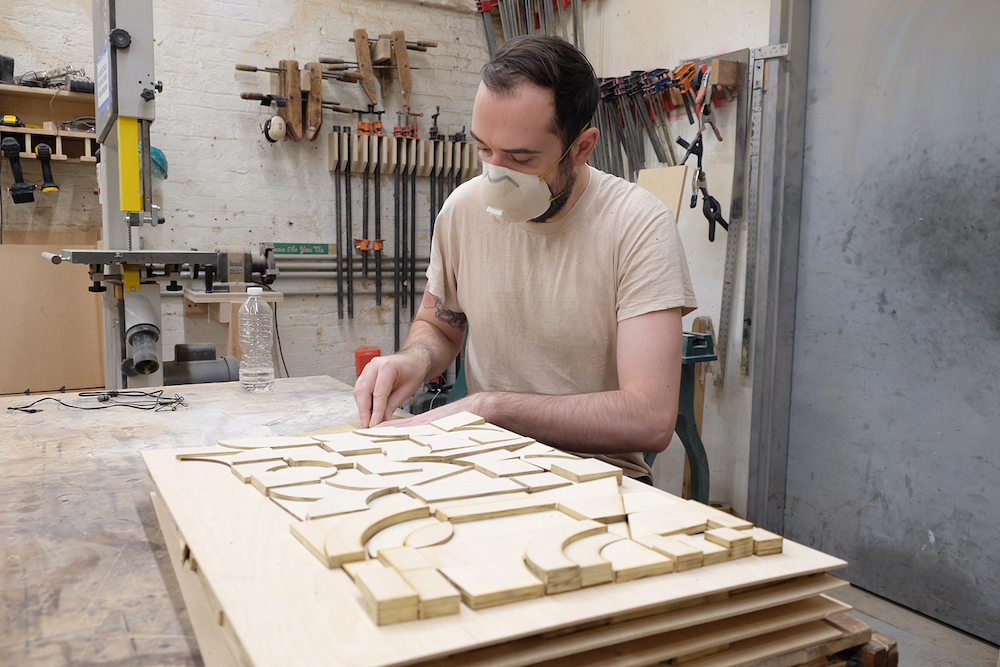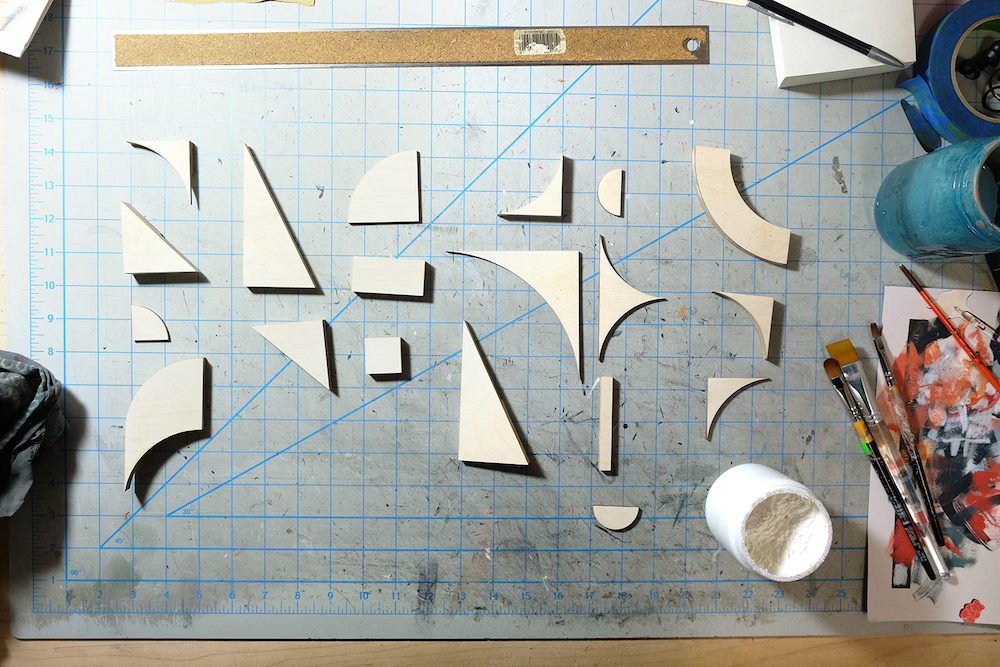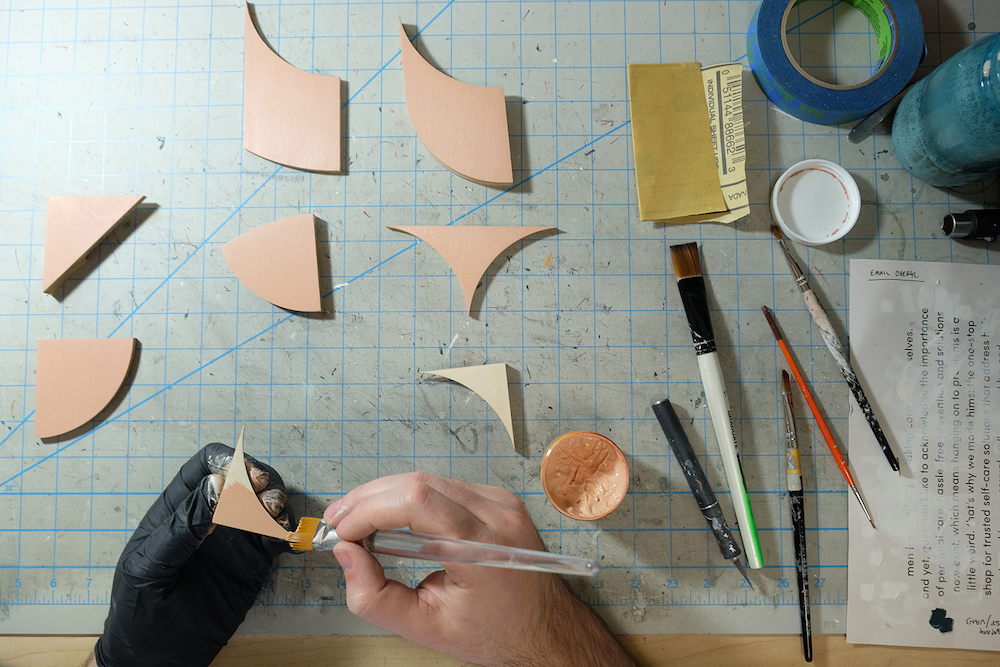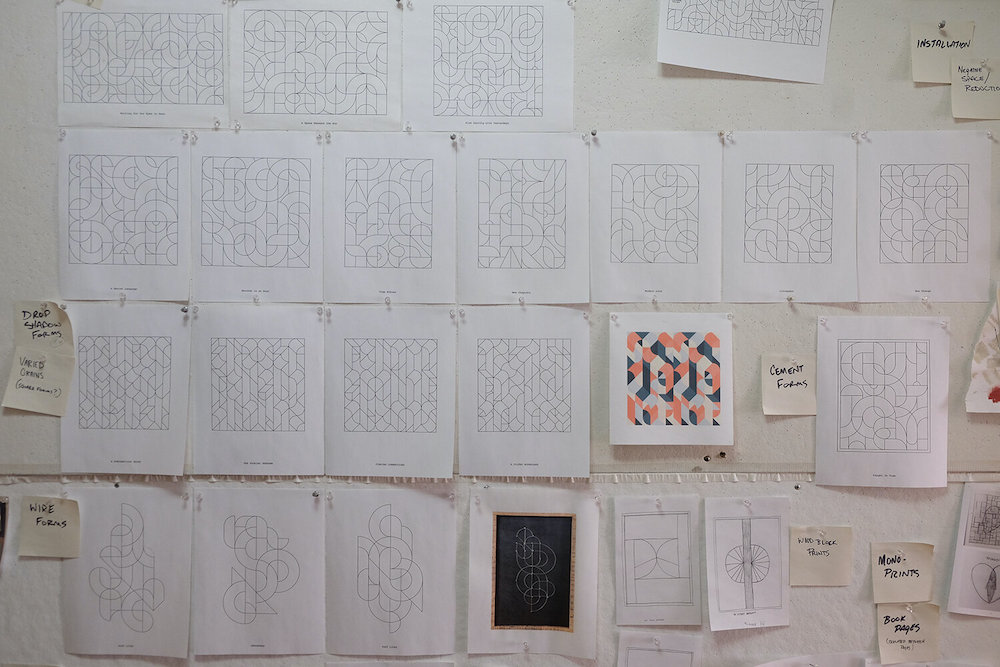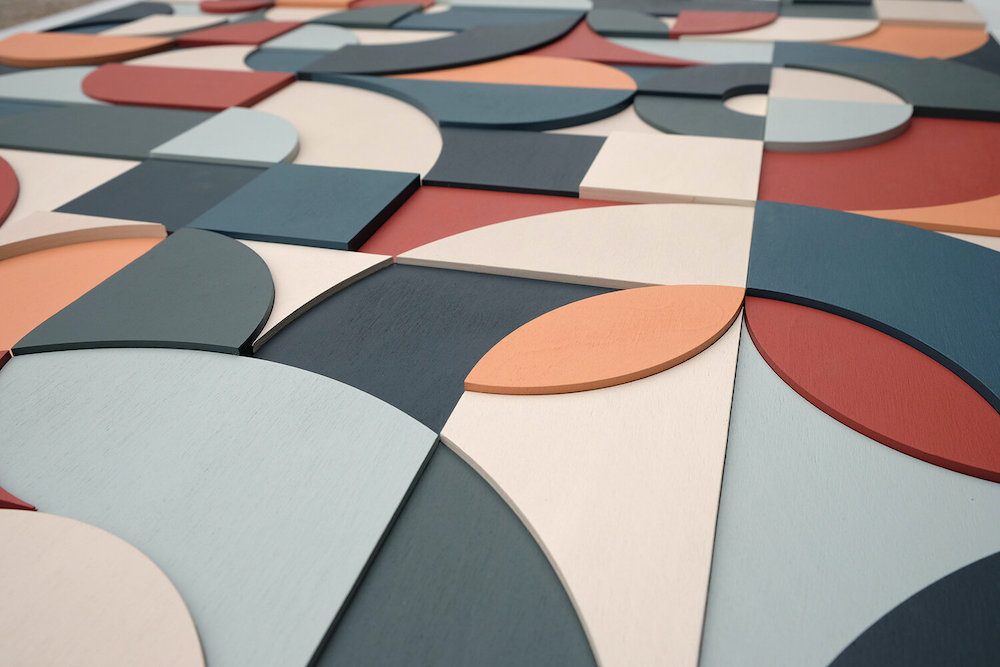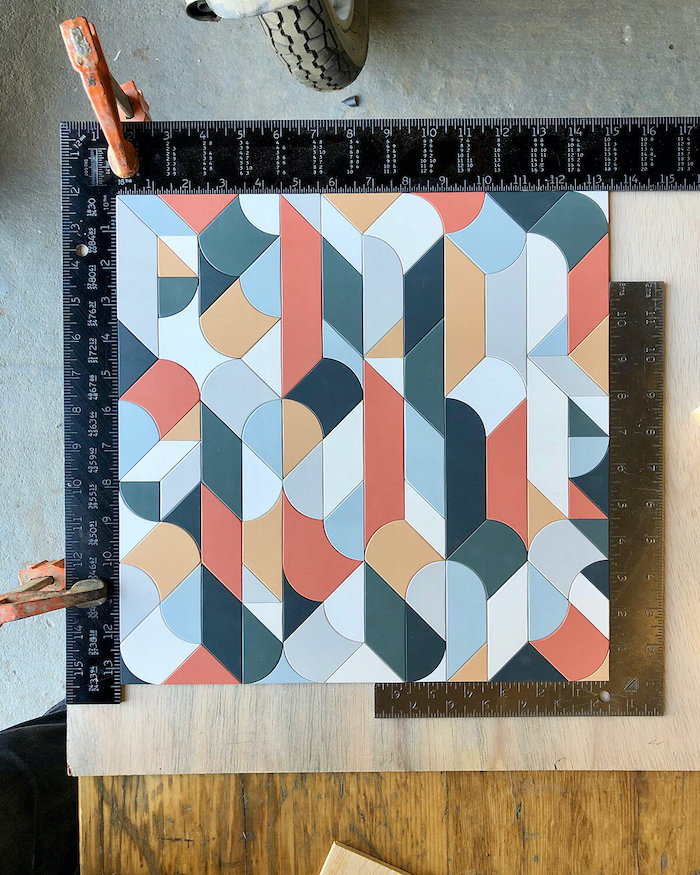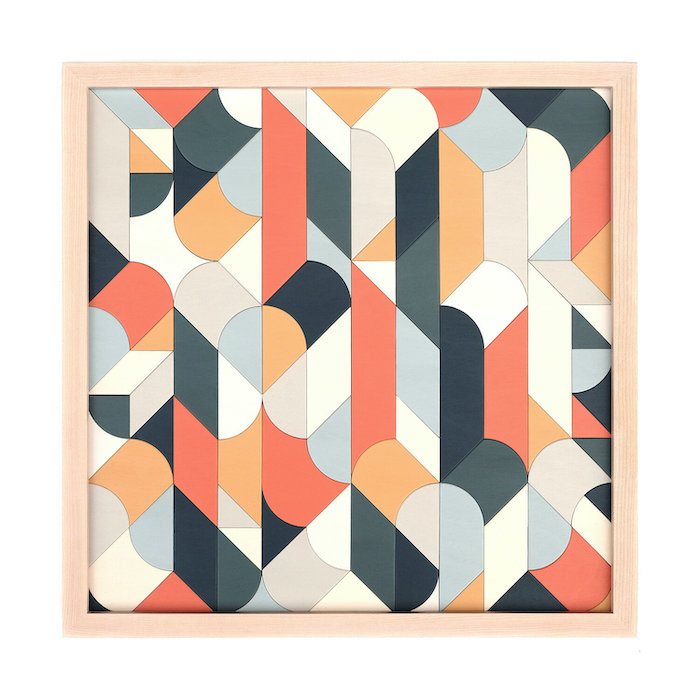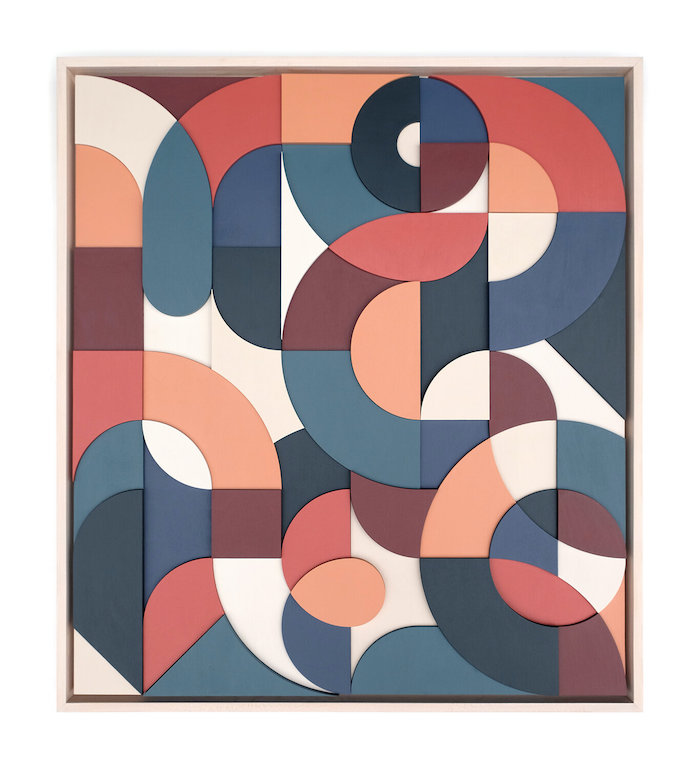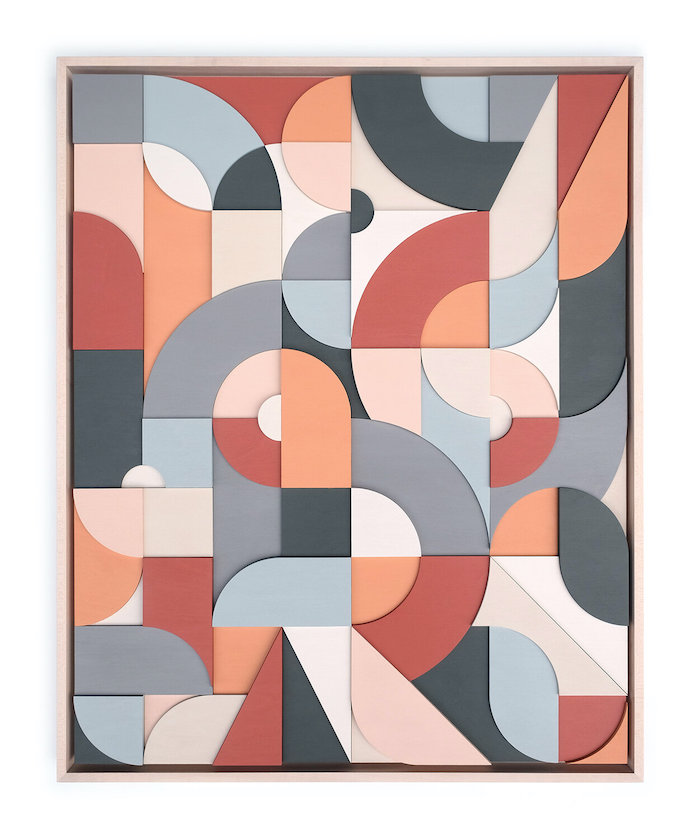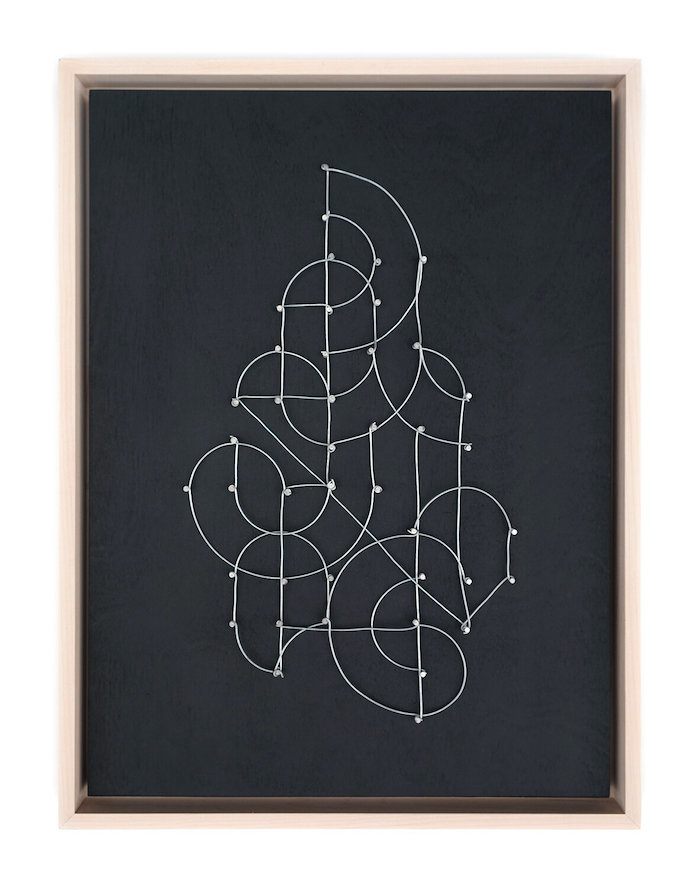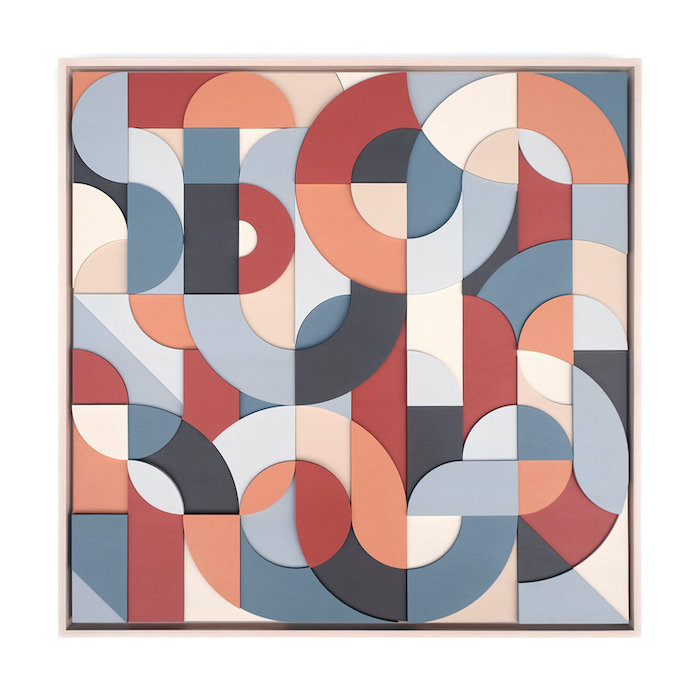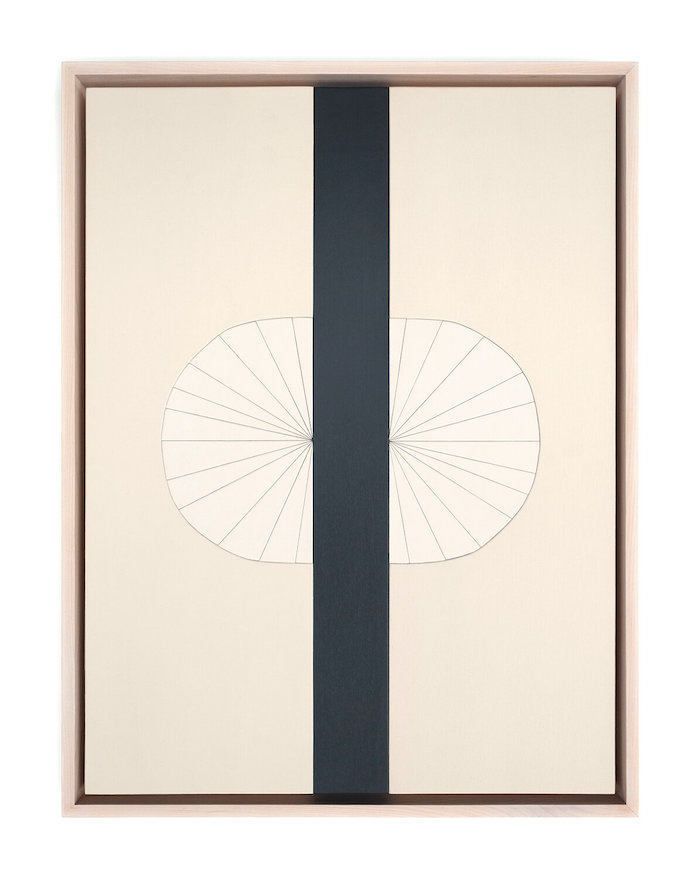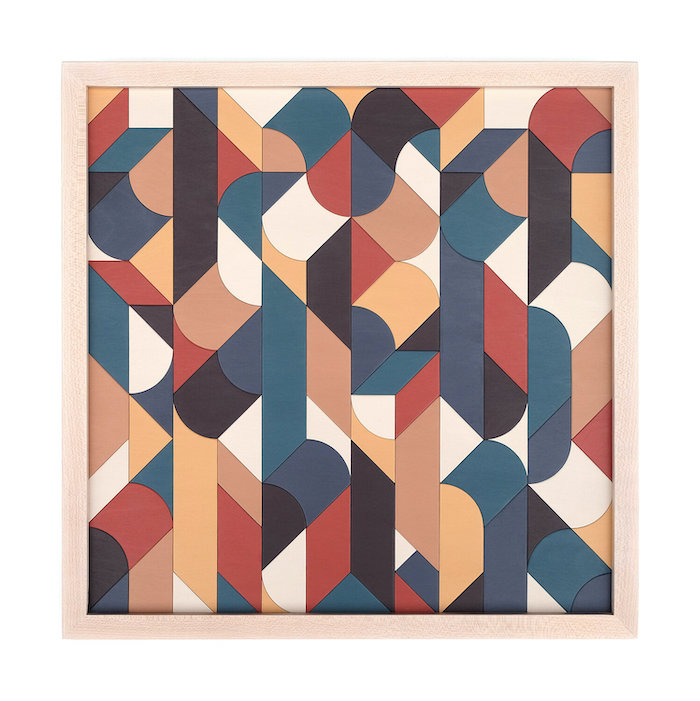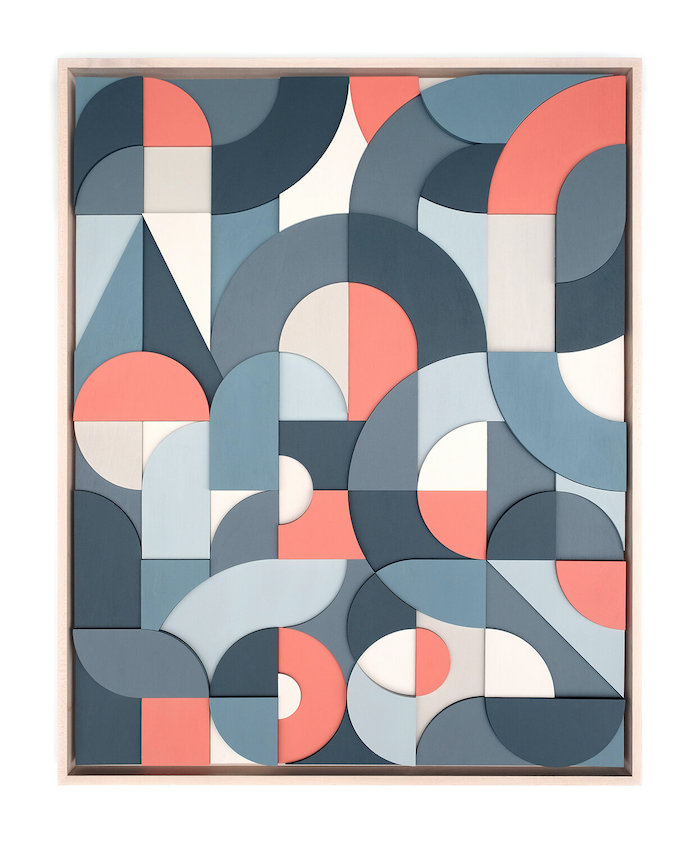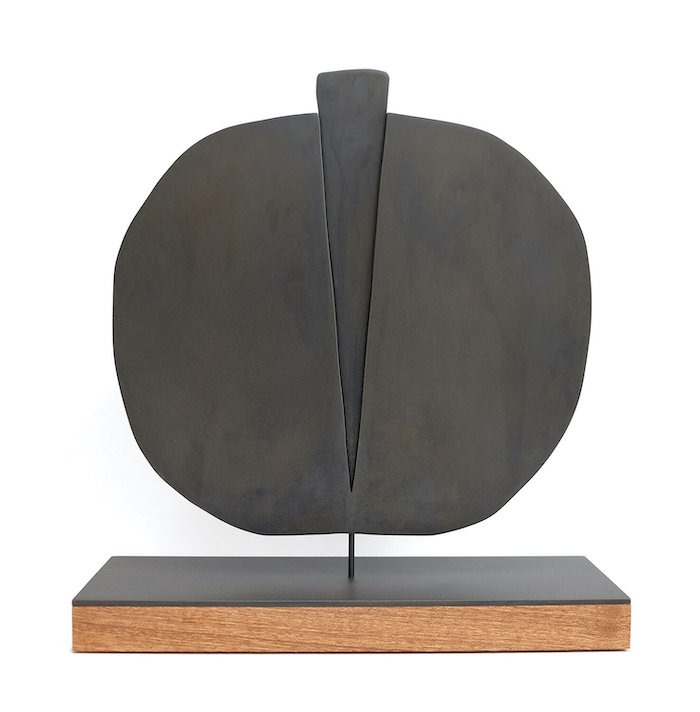With all the turmoil in the world, and especially in the United States, the elegance and sincerity in the title of Scott Albrecht's newest exhibition, Waiting for Our Eyes to Meet, gave us a moment of pause when we heard it. A collection of works on view now by appointment only at Hashimoto Contemporary in NYC, Albrecht's body of work features wood reliefs, wire sculptures, steel sculptures, paintings, the breadth of his practice to date and some of his most stunning graphic compositions from his career. In the midst of the pandemic and building this show, Albrecht's studio was closed due to Covid restrictions, and a pause not only in his life but his process helped create a new focus and mindset for the remaining works. Jennifer Rizzo of Hashimoto sat down with Albrecht ahead of his show, on view through August 1, to get the stories behind the works and the amazing storylines that emerged in its creation.

Jennifer Rizzo: The exhibition explores a variety of mediums, including woodcuts, painting, sculpture, and wire works. What draws you to these varied mediums?
Scott Albrecht: I like to see the work translated in different ways. I think each medium contributes to the piece and what it’s communicating differently. Personally, I tend to be drawn to more tactile approaches that force me to be more considerate of the process. In most of the works, there is a collection of individual pieces that all need to fit together in a certain way to complete a bigger idea. I like that sentiment of it not being about any one piece, but all the individual pieces working together to communicate something larger.
You have said that “a message isn’t about reading, it’s about finding meaning.” Through the act of looking at your work and deciphering the lettering, it creates an opportunity to pause and really consider not only the piece but also the message. How do you decide which phrases and messages you want to convey?
Part of my process is simply writing about situations or experiences in an attempt to understand them better for myself. No matter how well I think I may grasp them, writing always helps me understand things on a deeper level. At the end of that process, I can usually find a couple of ideas or themes to dig into more. My criteria for what I choose to make the work about isn’t as defined, except that I view the pieces as an artifact of my time, so I try to make work of ideas or experiences that I would want to preserve.
Within the sentiments of the messaging, I try to use a vocabulary that is more universal and avoid phrasing that is specific to me-only. A lot of the work is inspired by specific things but the distillation that takes shape tends to focus more on the emotion of that time rather than the act itself. Both of these things are intentional and meant to give the viewer a space to recognize their own relationship to the idea. I think within this collection specifically, it speaks to the main theme and title of the show by highlighting a shared feeling or common ground.
You have a rather distinct color palette, filled with varied shades of blues, creams, and peach tones. What do these particular colors represent to you?
The individual colors are ones that I personally find really beautiful, but I think their meaning becomes more defined depending on the palette they are in. The relationship within a palette can make the same color a defining or more supporting tone depending on how its paired, changing the feeling that it contributes. I’ll spend a lot of time looking at and trying out different color palettes to find one that represents the emotional quality of each work. That can be really subjective, but most situations are not one-note and are based on our individual relationships to them. They are a complex assemblage of different feelings and factors that make up a point in time, so I try to look at color as representing those individual factors that collectively illustrate that moment.
A majority of the work for the exhibition was made during the shelter in place order, which created an entirely new set of challenges, including a move to a new studio! How did you navigate this all and stay motivated / inspired throughout?
Yeah, in terms of making this body of work, it was pretty challenging. My studio temporarily closed in March to comply with the non-essential business rule in NY, which was about when I was starting to step up preparations for this exhibition. At that point, I couldn’t physically make any work and without knowing how long it would last (or in this case, having a shifting timeline that kept getting pushed back), it was really difficult to plan or understand what kind of work I would be able to make and also, even if I could make the work, it wasn’t clear if the people I relied on for materials or services like framing would even be open.
It was about a month and a half before I decided I needed to figure something else out, which lead me to find a temporary studio in a different part of Brooklyn. I had to figure out some new workflows since it was a new setup but since I lost so much time, it was great to just have a space to catch up and get everything done.
Staying motivated or inspired during this time, especially in NY where it was so bad, was something completely different. For as difficult as this situation was and continues to be, the humanity that came from it was humbling. People really stepped up in a lot of ways to help one another whether it was making PPE (both personal and medical grade) when others couldn’t get it or figuring out ways to donate to organizations despite income not being as secure or simply checking-in on one another. Not to mention the daily applause for first responders at 7pm. I’ve never been in a situation where we’ve collectively experienced the same thing on such a large scale and it produced a level of empathy that I wasn’t used to seeing.
The exhibition is titled Waiting for Our Eyes to Meet which is so beautifully topical. There is a deep sense of positivity permeating your work, and I think we can all use hope in large doses, now more than ever. How did your vision and the body of work evolve as we collectively navigated the pandemic, the murder of George Floyd, and the subsequent protests? What do you hope people take away from it?
I had started working on this body of work in 2019, but as events in 2020 started to unfold, I saw the relationship of the pieces evolve as well. Originally, I had been referencing the idea of a cultural divide mostly due to political and social issues we are facing and how that manifests with us on an individual level. But as we started to experience a global pandemic and later the protests following the murder of George Floyd, I started to see the work take on new conversations based on these new contexts, which underscored to me that what the work is speaking to is much broader. The main theme and title for this exhibition speak to a divide and a longing for understanding or connection. Through that lens, I think all of these major events are extensions of that to varying degrees. We are all experiencing these things collectively, and my hope is that it can highlight a feeling of connection when it feels more like isolation.



